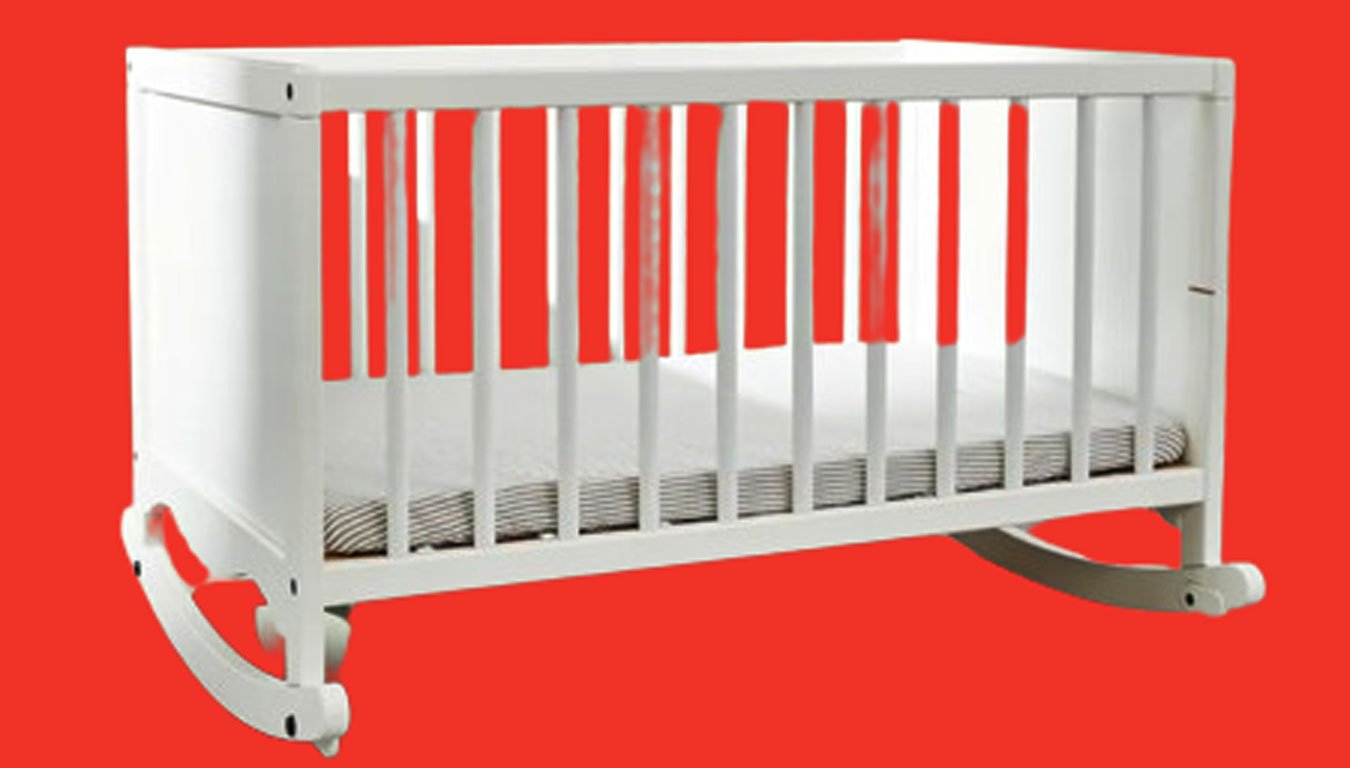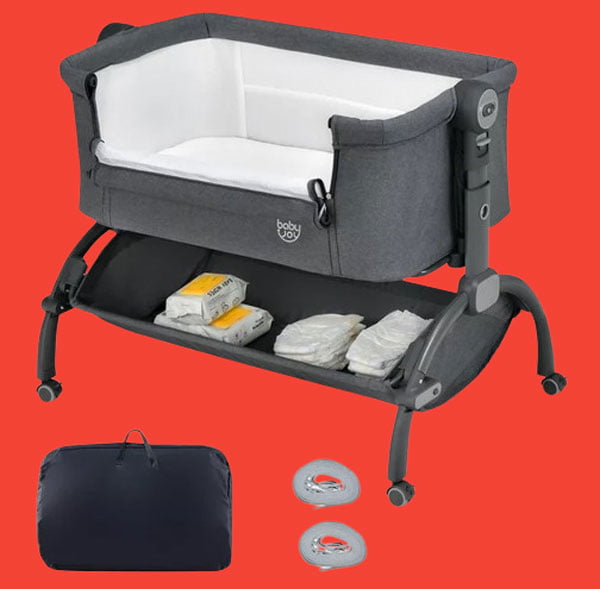As an Amazon Associate, I earn from qualifying purchases
How To Help Baby Sleep In Bassinet
As a parent, there’s nothing quite as precious as watching your little one drift off into a peaceful slumber. But if you find yourself struggling to help your baby sleep in their bassinet, you’re not alone. In this comprehensive guide, we’ll explore effective techniques and strategies to create a soothing sleep environment and promote restful sleep for your baby in their bassinet.
Understanding the Importance of Bassinet Sleep:
The bassinet serves as a cozy and secure sleep space for your baby during the crucial early months of life. By providing a snug and familiar environment, the bassinet can help your baby feel safe and comforted, facilitating deeper and more restorative sleep.
Read More
How To Organize Barbie Toys
How To Store Infant Car Seat
How To Charge Mercedes Benz Toy Car
Practical Tips to Help Baby Sleep in Bassinet:
Now, let’s dive into some actionable tips and strategies to help your baby sleep soundly in their bassinet.

Establish a Bedtime Routine:
Implement a consistent bedtime routine that includes soothing activities such as a warm bath, gentle massage, and bedtime story to signal to your baby that it’s time to wind down and prepare for sleep.
Create a Calm Sleep Environment:
Ensure that the bassinet is placed in a quiet, dimly lit room free from distractions and excessive noise. Use white noise machines or soft lullabies to create a soothing atmosphere conducive to sleep.
Swaddle Your Baby:
Swaddling can help mimic the cozy environment of the womb, providing comfort and security for your baby as they sleep. Use a lightweight, breathable swaddle blanket to keep your baby snug without overheating.
Practice Safe Sleep Practices:
Follow safe sleep guidelines recommended by pediatric experts, including placing your baby on their back to sleep, using a firm mattress with a fitted sheet, and avoiding  loose bedding or soft toys in the bassinet.
loose bedding or soft toys in the bassinet.
Respond to Your Baby’s Cues:
Pay close attention to your baby’s sleepy cues and respond promptly to their needs. By addressing hunger, discomfort, or overstimulation before placing them in the bassinet, you can help ensure a smoother transition to sleep.
Use Motion or Rocking:
Gentle rocking or motion can help soothe a fussy or restless baby and promote relaxation. Consider using a bassinet with built-in rocking features or gently rocking the bassinet yourself to lull your baby to sleep.
Maintain Consistent Sleep Associations:
Establish consistent sleep associations, such as a favorite blanket or stuffed animal, to help your baby feel comforted and secure in their bassinet.
 Practice Responsive Parenting:
Practice Responsive Parenting:
Be responsive to your baby’s needs during the night, offering comfort and reassurance as needed without immediately resorting to picking them up. By providing gentle support and comfort, you can help your baby learn to self-soothe and settle back to sleep independently.
FAQs (Frequently Asked Questions):
Q: When should I transition my baby from a bassinet to a crib?
A: Most babies are ready to transition to a crib between 3 to 6 months of age or when they begin to outgrow the bassinet’s weight or size limits. However, every baby is different, so it’s important to consider your baby’s individual development and sleep patterns.
Q: How can I help my baby sleep longer stretches in the bassinet?
A: To encourage longer stretches of sleep, ensure that your baby is well-fed, comfortable, and in a soothing sleep environment. Implementing a consistent bedtime routine and responding promptly to your baby’s sleepy cues can also help promote longer periods of sleep.
Q: Should I use a bassinet with or without rocking features?
A: The decision to use a bassinet with rocking features depends on your baby’s preferences and sleep habits. Some babies may find the gentle rocking motion soothing and conducive to sleep, while others may prefer a stationary sleep surface. Experiment with both options to see what works best for your baby.
Conclusion:
Helping your baby sleep peacefully in their bassinet is a journey that requires patience, consistency, and love. By implementing the tips and strategies outlined in this guide, you can create a nurturing sleep environment that promotes restful sleep for your baby and peace of mind for yourself. Remember to trust your instincts as a parent and seek support when needed, as every baby is unique and may require individualized care. With time and dedication, you can help your baby develop healthy sleep habits and enjoy the sweet dreams they deserve.
As an Amazon Associate, I earn from qualifying purchases


 Practice Responsive Parenting:
Practice Responsive Parenting: 

